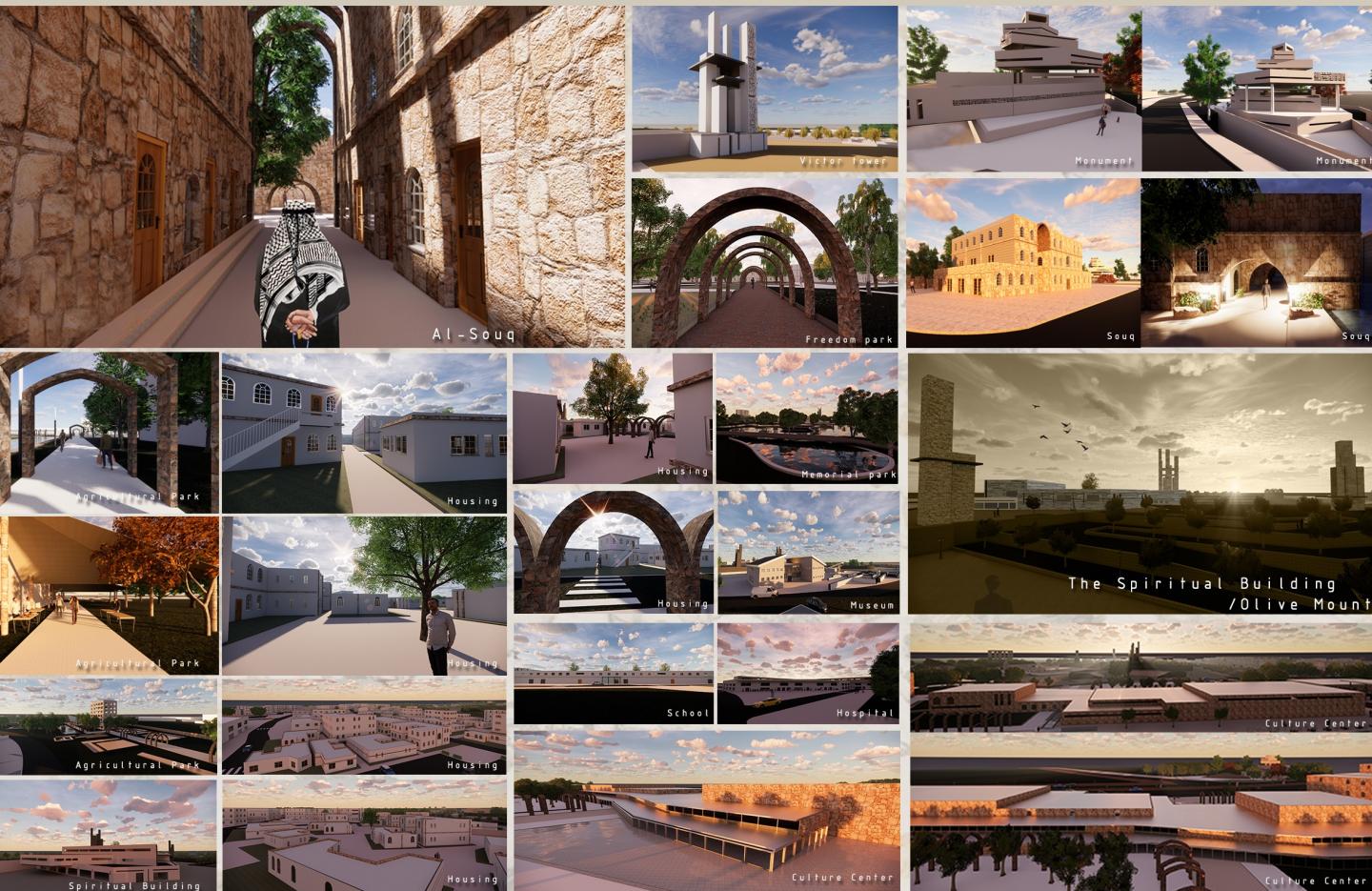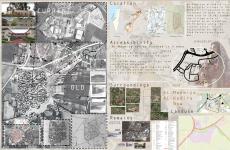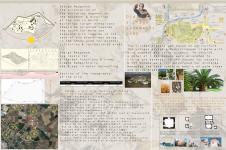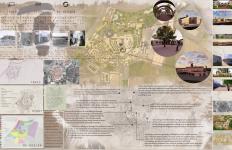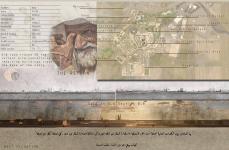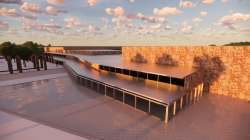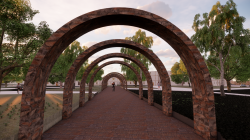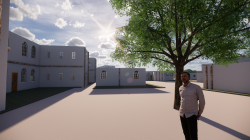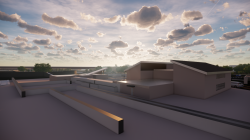In Palestine, no family gathering lacks stories of the good old days when Palestine was the Palestine that current generations have not experienced directly. Because of this storytelling, there is a Palestine that dwells inside all of us, a Palestine that needs to be revived: a free Palestine where all people regardless of color, religion, or race coexist; a Palestine where the meaning of the word “occupation” no longer connotes the death, destruction, pain, suffering, deprivation, isolation, and restrictions that Israel has injected into this word.
This project will tell the story of Al-Masmiya Al-Kabira village, the story that Israel has failed to occupy or wipe out from our hearts through urbanism and architecture.
Palestine is a geographical and historical region in the Middle East roughly 2,400 square miles. Violent attempts to control land have defined much of the history of Palestine, making it the site of constant political conflict. There are more than 600 Palestinian villages, some destroyed by the Zionist occupation in 1948. The Gaza Strip, or simply Gaza, is a self-governing Palestinian territory on the eastern coast of the Mediterranean Sea.. It is home to many destroyed occupied villages...Al-Masmiyya Al-Kabira is one of them..
Al-Masmiyya Al-Kabira was depopulated and mostly destroyed during the 1948 Arab–Israeli War by Operation An-Far. Its inhabitants were completely ethnically cleansed.Something that will live in our memory forever and now on our lands as a vision for a better future.
2020
2020
The trauma of displacement and having to flee their homeland on a sudden day to replace ordinary memories may appear to belong to some sick imagination, but it is one of the most important facets of the Nakba (catastrophe).
Therefor, its important that Reviving and Reconstructing the village after freeing it from the occupation gives back its identity by preserving its remains, traditions and history making it livable to its original inhabitance and welcoming its immigrates back.
Besides the fact that the village was horribly razed, depopulated & occupied by the Zionists, its community was erased and so little of it still remains and holds its identity making its case very critical to a complete wipe out and loss of the Palestinian identity.
The village itself was razed, except for two schools and several houses. The girls' school is deserted, while the boys' school has been converted into an Israeli army installation. Some of the houses are inhabited but others have been turned into warehouses. One house now serves as a juice shop. All are made of concrete with simple architectural features; flat roofs, rectangular doors and windows. An Israeli gas station is located on the same spot where the village's station (once the property of Hasan 'Abd al-'Aziz and Nimr Muhanna) once stood.
It has many potentials, as it has a major road junction that connects with historically worldwide important cities such as Jerusalem and Gaza. It has a deep-rooted historical background, making it a tourist attraction spot and a great trade exchange center.
• The village located at 41 (km) North East of Gaza.
• Has an area of 20.68 sq.km extending from North to East.
• 75m higher than sea level.
• Mostly located on a hill sloping in all directions, and some houses were located at the bottom of this hill.
Total Area - 20,687 sqm2
Public Land - 608 sqm2
Palestinian Land - 19,850 sqm2
Jewish Land - 229 sqm2
This project was designed by Yaraa Albadawi as a graduation project for the Bachelors Degree in Architecture from the University of Petra.
Under the supervision of Dr. Hadeer Merza .
Favorited 3 times
